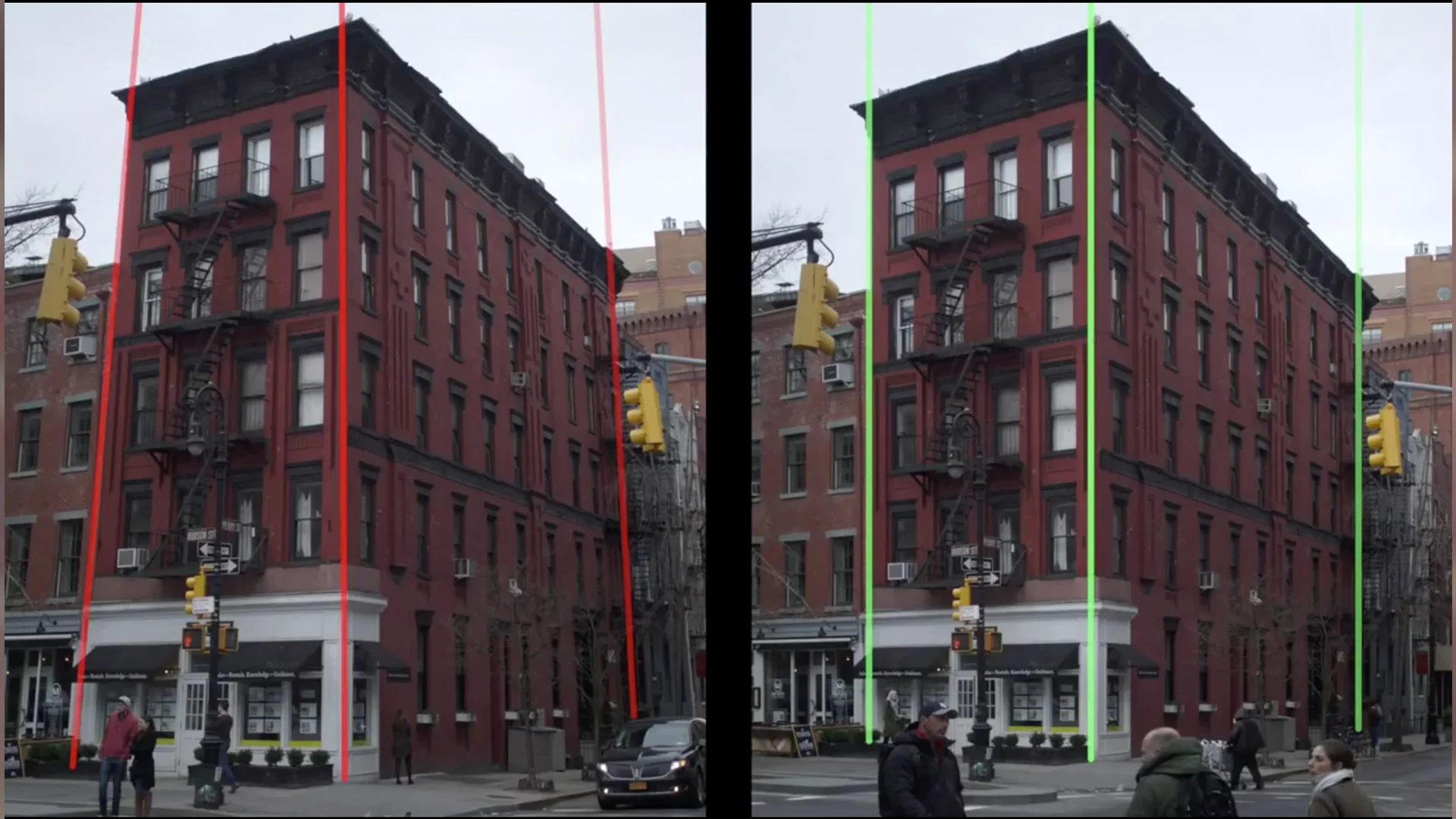Need to Know: Your Complete Camera Lens Guide
When choosing a lens for photography or cinematography, it's essential to understand the vast array of classifications and the specialized functions that various lenses offer. Whether you're considering a prime lens for its sharpness and low light capabilities or a macro lens for extreme close-ups, each type of lens serves a distinct purpose and brings its unique qualities to your work. Specialized lenses like tilt-shift can alter perspective and depth, providing creative control over architectural and landscape photography. Understanding this will empower you to make informed choices, selecting the perfect lens for your project's specific needs.
Prime vs Zoom Lens
Prime lens, commonly known as fixed lens, is a lens with a fixed focal length. Which means it has a set angle of view that cannot be changed. So, if you want to enlarge your subject & have it fill the frame, you have two choices: get physically closer to it or take a couple of steps back. These lenses come in all kinds of sizes & focal lengths BUT they all have a single specified focal length, like 35 mm.
With a zoom lens, you've got a bit more flexibility at your fingertips. Unlike prime lens, zoom lens comes with a variable focal length. That means you can tweak the optical elements inside the lens to change up your angle of view. So, if you're looking to make your subject stand out, just give that zoom ring a twist in one direction to make 'em appear larger than life. Or, if you're aiming to capture more of the scene in a single frame, just swing that ring the other way to fit it all in. Contrary to the prime lenses, the zoom lenses have two specifications that’ll signify the two ends of zoom range, like 80-250 mm. In addition to the zoom range, these lenses could have variable aperture ranges too.
Understanding the key differences between prime and zoom lenses is crucial making an informed decision. Each type has its advantages, depending on your specific needs and shooting conditions. Explore the strengths of each to determine which lens best complements your photography style.
Anamorphic Lens
After covering the two most commonly used lenses, time to explore some specialized lenses that could elevate your next project. Anamorphic lenses are often chosen by filmmakers striving to achieve a cinematic look. Derived from the Greek word meaning formed again, anamorphic lenses are designed to accommodate a wider range of aspect ratios within a standard film frame, enabling a larger field of view while keeping the proportions correct for widescreen viewing. This is what cinematographers would call a squeezed image. Some of the most renowned filmmakers of our time all integrated these lenses into their award-winning films (J.J. Abrams, Steven Spielberg, & Quentin Tarantino).
You might be curious about what sets an anamorphic lens apart from a typical spherical lens. Anamorphic lenses are distinct in two ways: they produce an oval-shaped bokeh & create horizontal lens flares.
Oval-shaped Bokeh
iPhones and most DSLR cameras use spherical lenses, which project a circular image onto the camera's sensor. In contrast, the anamorphic lens's oval bokeh stretches the x-axis, resulting in a wider horizontal frame that enhances the cinematography of scenes.
Horizontal Lens Flares
The anamorphic lens flare, also known as the anamorphic streak, manifests as horizontal lines instead of the typical circular bokeh when subjected to bright light. This effect is due to the lens's combination of positive and negative cylindrical elements, which produce elongated flares unlike the round ones observed with spherical lenses.
Essentially, anamorphic lenses enhance the visual scope of a frame, creating a more cinematic feel. They produce aspect ratios like 2:1 or 2.4:1, resulting in the familiar cinematic black bars above and below the image when the footage is stretched back to its normal width. For fans of Quentin Tarantino, this technique is recognizable as it often appears in his films, cropping the top and bottom of the frame for a dramatic effect.
Macro Lens
Another popular option for photography enthusiasts is the macro lens, renowned for its ability to focus on subjects at extremely close distances, making them appear larger in the viewfinder. Typically, true macro lenses are prime lenses with a fixed focal length, designed specifically for close-up photography. They possess very short minimum focus distances, enabling photographers to get up close to capture intricate details of their subjects.
Tilt-shift Lens
Tilt-shift lenses are designed to manipulate perspective using tilt and shift movements. These movements allow the optics within the lens to tilt or shift in relation to the camera's image sensor. The ability of these lenses to also rotate adds versatility, enabling adjustments in a variety of directions for both tilting and shifting.
Tilt movements adjust the plane of sharpest focus so that it is no longer perpendicular to the lens axis. This adjustment creates a wedge-shaped depth of field that expands further away from the camera. The tilt does not inherently increase the depth of field but rather allows the photographer to manipulate its location to better highlight the subject matter.
Shift movements, on the other hand, allow the photographer to adjust the position of the lens's imaging circle in relation to the camera sensor. This adjustment means that the lens's central perspective is no longer aligned with the center of the image. The result is similar to using just a portion of a wider-angle lens, effectively cropping the image from one side.
That was quite the rundown on lenses, wasn't it? The great news is that you're now better equipped to choose the perfect lens for your upcoming project. Ready to dive deeper? Stay tuned for the next post where we'll explore the best lens suited for narratives, commercials, documentaries, and more! Or, if you're eager to start right away, check out our selection of lenses here and begin the rental process!



